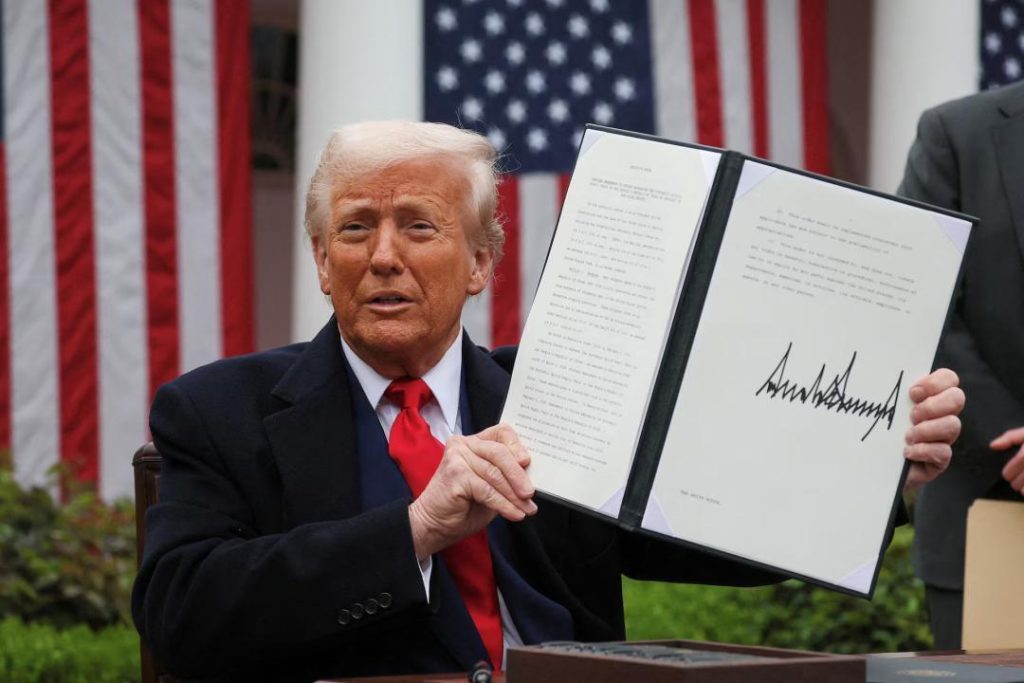
Which are the top 10 countries with highest US tariffs?
The ongoing trade tensions and protectionist policies have led to a surge in tariffs imposed by the United States on various countries. While India has been in the limelight lately due to the imposition of high tariffs on its goods, it is not the only country facing the brunt of US tariffs. In this blog post, we will delve into the top 10 countries with the highest US reciprocal tariffs, highlighting countries that are facing significant trade barriers.
The list of countries with the highest US tariffs has been compiled based on data from the United States Trade Representative (USTR) and the Office of the United States Trade Representative. According to this data, the top 10 countries with the highest US reciprocal tariffs are:
-
India: With a tariff of 50%, India tops the list of countries with the highest US tariffs. The 50% tariff is imposed on various goods, including agricultural products like rice, wheat, and corn, as well as manufactured goods like textiles and electronics.
-
Brazil: Brazil is another country that faces a 50% tariff on its goods. The US imposes this tariff on Brazilian products like soybeans, corn, and cotton, which are critical to the country’s agricultural sector.
-
Lesotho: Lesotho, a small country located in southern Africa, faces a 50% tariff on its goods, including textiles and clothing. The US imposes this tariff due to concerns over Lesotho’s lack of intellectual property protection and concerns about the country’s textile industry.
-
Cambodia: Cambodia faces a 49% tariff on its goods, including textiles and clothing. The US imposes this tariff due to concerns over Cambodia’s textile industry, which is suspected of using forced labor and violating labor laws.
-
Laos: Laos, a landlocked country in Southeast Asia, faces a 48% tariff on its goods, including textiles and electronics. The US imposes this tariff due to concerns over Laos’ lack of intellectual property protection and concerns about the country’s textile industry.
-
Madagascar: Madagascar, an island nation off the coast of East Africa, faces a 47% tariff on its goods, including textiles and clothing. The US imposes this tariff due to concerns over Madagascar’s textile industry, which is suspected of using forced labor and violating labor laws.
-
Vietnam: Vietnam is another country that faces a significant tariff on its goods, with a 46% tariff imposed by the US. The US imposes this tariff on Vietnamese products like textiles, electronics, and footwear.
-
Sri Lanka: Sri Lanka, an island nation in South Asia, faces a 45% tariff on its goods, including textiles and clothing. The US imposes this tariff due to concerns over Sri Lanka’s textile industry, which is suspected of using forced labor and violating labor laws.
-
Myanmar: Myanmar, a country in Southeast Asia, faces a 44% tariff on its goods, including textiles and electronics. The US imposes this tariff due to concerns over Myanmar’s lack of intellectual property protection and concerns about the country’s textile industry.
-
Falkland Islands: The Falkland Islands, a British overseas territory in the South Atlantic, faces a 44% tariff on its goods, including sheep and lamb products. The US imposes this tariff due to concerns over the Falkland Islands’ fishing industry, which is suspected of overfishing and harming the local ecosystem.
These countries face significant trade barriers due to a range of factors, including concerns over intellectual property protection, labor laws, and environmental issues. The US imposes these tariffs to protect its domestic industries and ensure a level playing field for American businesses.
In conclusion, the top 10 countries with the highest US reciprocal tariffs include India, Brazil, and Lesotho, each facing a 50% tariff. Cambodia, Laos, and Madagascar also face significant tariffs, while Vietnam, Sri Lanka, Myanmar, and the Falkland Islands round out the list. These countries face significant trade barriers due to a range of factors, and the US imposes these tariffs to protect its domestic industries and ensure a level playing field for American businesses.






